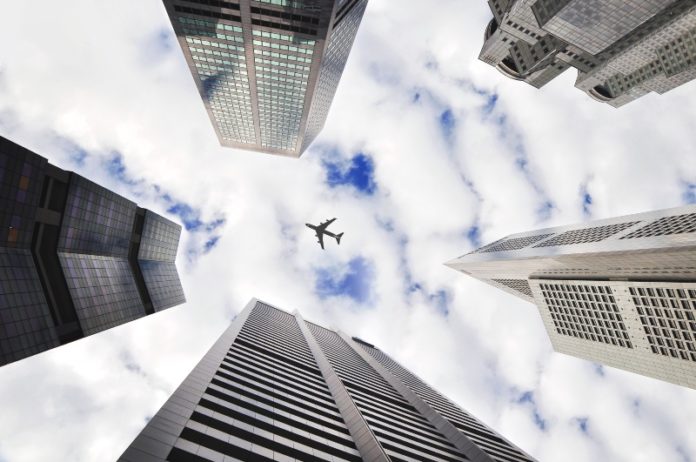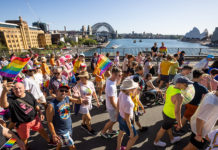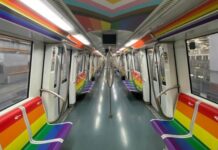
Asia-Pacific dominates world airline travel routes and the Melbourne to Sydney domestic route has dropped down a spot to third busiest route in the world following the release of airline performance figures overnight.
The International Air Transport Association (IATA) released performance figures for 2018 showing that global air connectivity continues to become more accessible and more efficient.
In terms of passenger travel numbers, the Melbourne to Sydney domestic route saw 7.6 million passengers in 2018, down 2.1% from 2017 and was third on the list behind fellow Asia Pacific domestic routes Jeju – Seoul Gimpo (14.5 million, up 7.6% over 2017) and Fukuoka – Tokyo Haneda (7.6 million, an increase of 0.9% from 2017).
These three routes are the busiest domestic routes in the world while the top five international routes were also all in Asia Pacific, the number one being Hong Kong – Taipei Taoyuan (5.4 million, down 0.4% from 2017), retains the number one title in the world.
Alexandre de Juniac, IATA’s Director General and CEO said the 2018 figures show that Airlines are connecting more people and places than ever before.
“The freedom to fly is more accessible than ever,” Mr De Juniac said.
One of the interesting results comes in looking at the number of passengers flying on individual passports in the world.
Of the 4.4 billion passengers carried on scheduled services, there were more people flying with a UK passport than any other. (126.2 million, or 8.6% of all passengers)
This was just ahead of the US (111.5 million, or 7.6% of all passengers) and China (97 million, or 6.6% of all passengers)
IATA represents some 290 airlines comprising 82% of global air traffic and as a group, they are always looking at ways to improve fuel efficiency and protect the damage airline fuel is doing to the environment.
Based on the 2018 figures fuel efficiency has improved by more than 12% compared to 2010.
“As with any human activity this comes with an environmental cost that airlines are committed to reducing,” Mr de Juniac said.
“We understand that sustainability is essential to our license to spread aviation’s benefits. From 2020 we will cap net carbon emissions growth. And, by 2050, we will cut our net carbon footprint to half 2005 levels.
“This ambitious climate action goal needs government support. It is critical for sustainable aviation fuels, new technology and more efficient routes to deliver the greener future we are aiming for.”

More statistics from the report include;
The top five airlines ranked by total scheduled passenger-kilometres flown were:
American Airlines (330.6 billion)
Delta Air Lines (330 billion)
United Airlines (329.6 billion)
Emirates (302.3 billion)
Southwest Airlines (214.6 billion)
The top five airlines ranked by scheduled freight tonne-kilometres flown were:
Federal Express (17.5 billion)
Emirates (12.7 billion)
Qatar Airways (12.7 billion)
United Parcel Service (12.5 billion)
Cathay Pacific Airways (11.3 billion)
Airline Alliances
Star Alliance maintained its position as the largest airline alliance in 2018 with 21.9% of total scheduled traffic (in RPKs), followed by SkyTeam (18.8%) and oneworld (15.4%).
Last Updated on Aug 1, 2019
The news team for Gay Nation love tips from our readers. Got tips or a news story that you would like published? Go here to tell us something.
Visit the Gay Nation store Now






























